
< strong>MOSCOW, July 21. The first direct evidence confirming the hypothesis of the existence of itinerant metallurgists in the Bronze Age was discovered by SUSU scientists as part of an international research team. According to the experts, they conducted a comprehensive analysis of a unique burial of an elderly man of the Sintashta culture, which existed in the Southern Trans-Urals about 4,000 years ago. The results were published in the journal Archaeological and Anthropological Sciences.
The Sintashta culture (21st-19th centuries BC) was formed in the steppes of the Southern Urals, on both sides of the border between Europe and Asia, at the end of the Middle Bronze Age. Among its distinctive features are numerous evidences of metallurgical production, found mainly at settlement sites, as well as in some burials.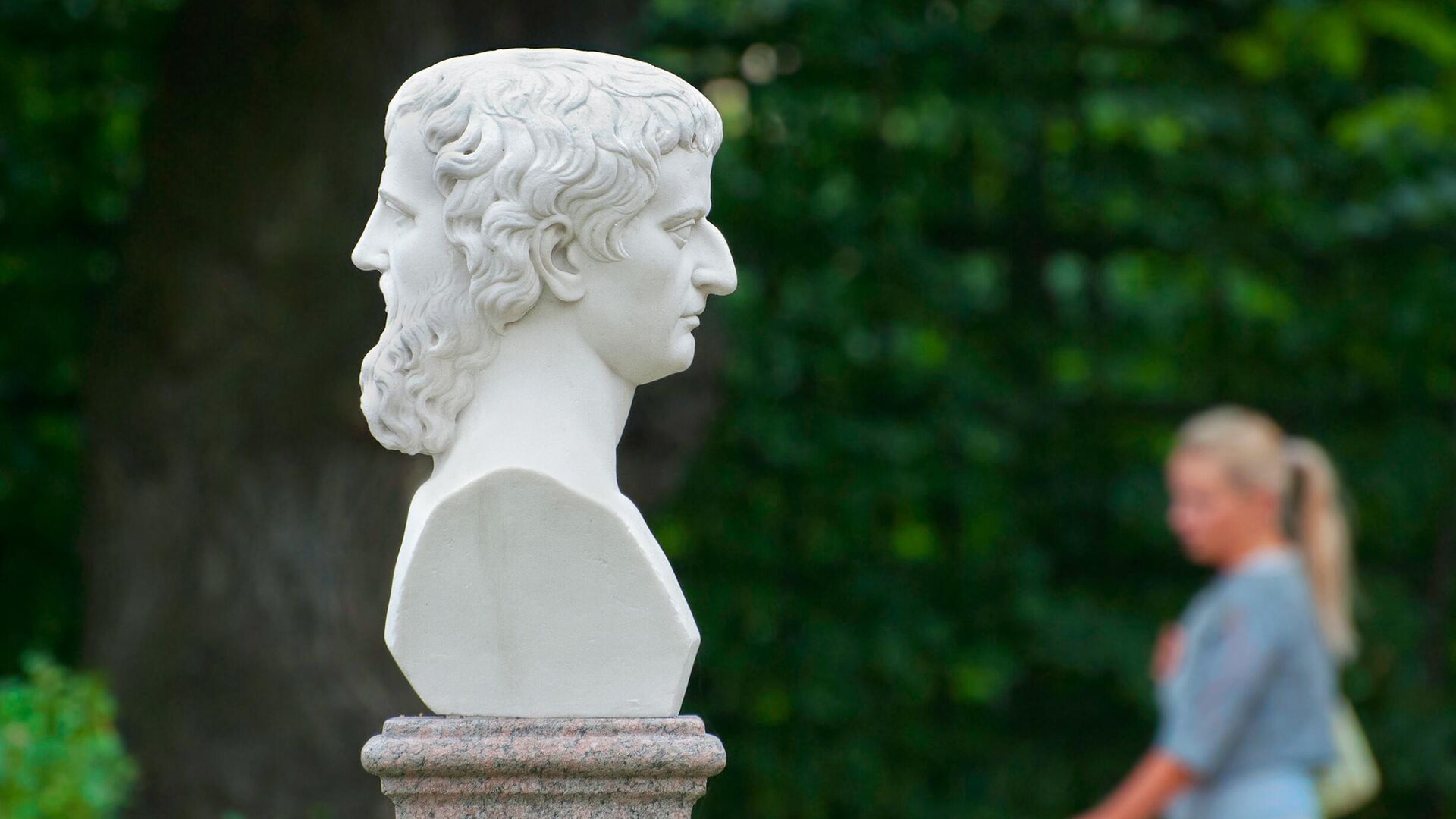
Despite the fact that metallurgy , according to researchers, became the first type of activity in the history of mankind that had a pronounced specialization; not much is known about the metallurgists of the past.
According to a hypothesis put forward in the 1930s by British-Australian archaeologist Gordon Childe, metallurgists lived in isolated groups and led a nomadic lifestyle. However, it has not been possible to reliably prove the movement of people during life until this moment.
The fact is that, according to experts, it is very difficult to distinguish between the migration of people and the “journey” of things using archaeological methods, since objects could change hands many times, covering long distances.
«An archaeological monument is a 'snapshot' of reality, which is essentially static. However, humanity has almost never been at rest throughout its existence, and the period we are studying — the Bronze Age — is also characterized by high human mobility,» said Andrey Epimakhov, professor of the Department of Domestic and Foreign History at SUSU.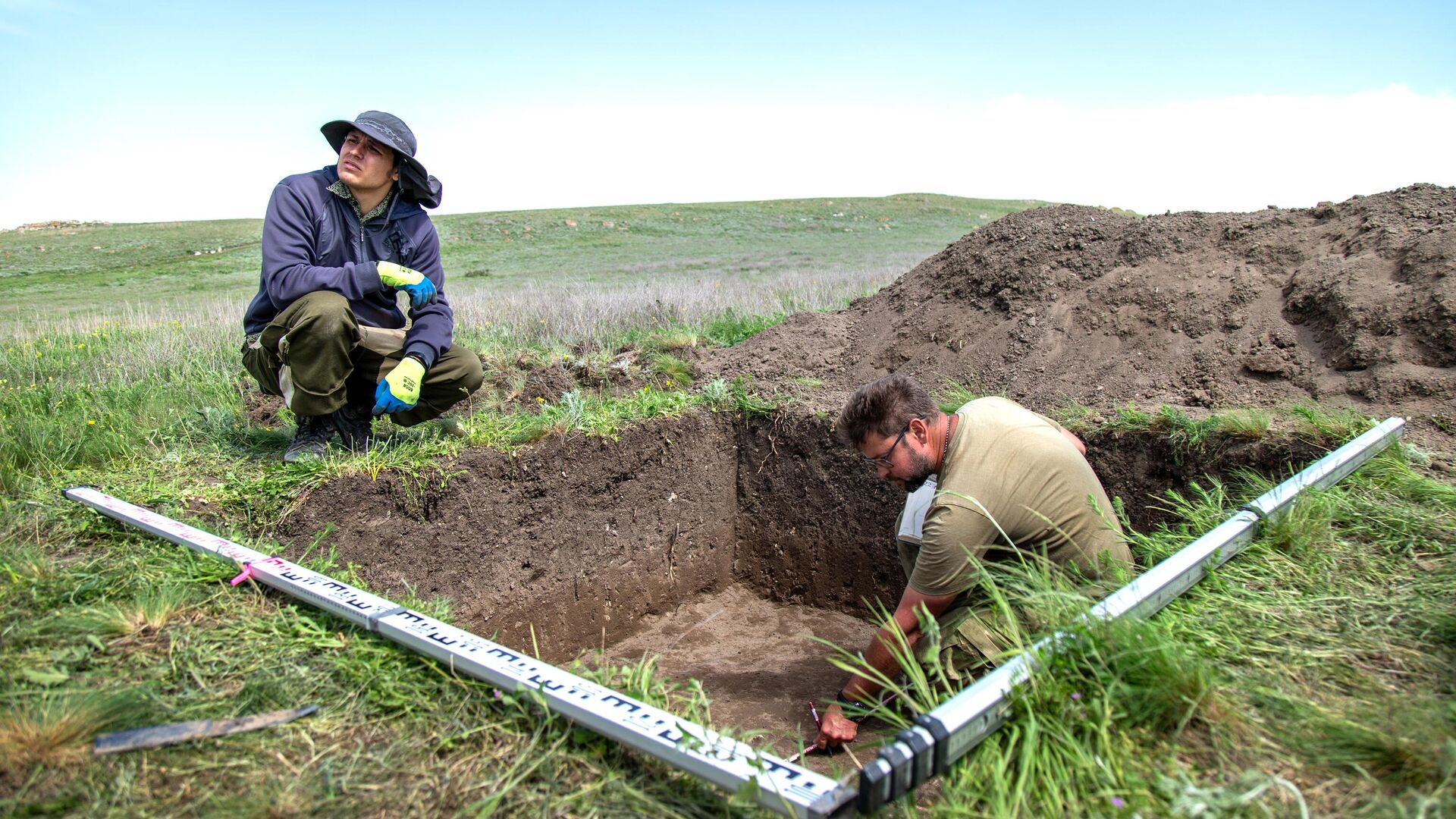
Scientists have attempted to confirm or refute the fact of metallurgists' mobility. To do this, they analyzed the burial of one person, where they found a complex of metallurgical attributes illustrating the production cycle: finished products, scrap metal for remelting, as well as slag and ore, which very rarely became elements of burial inventory, the experts noted.
The methods of physical anthropology made it possible to prove that the objects found in the grave belonged to the individual during his lifetime. The Institute of Ethnology and Anthropology of the Russian Academy of Sciences studied the developmental features of the musculoskeletal system and skeletal pathologies and established that the person experienced great physical exertion: most likely, he not only crushed and ground ore or forged metal, but also regularly supplied air to the metallurgical furnace using bellows.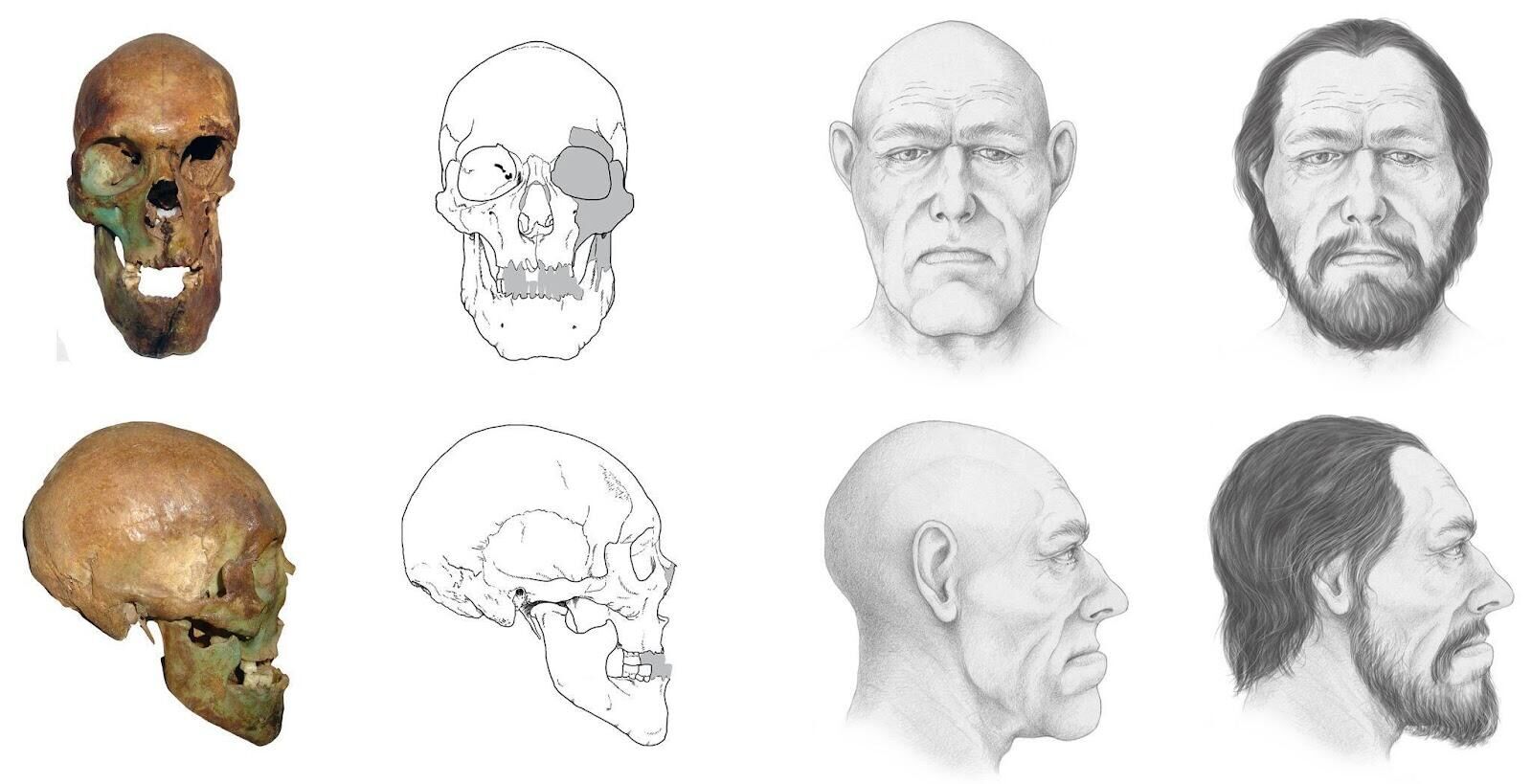
«In the Siktashta culture, to which the burial studied belongs, similar burials were found earlier, but this is the only individual burial, and we have no doubt that this individual was buried with this particular set of tools,» said Professor Epimakhov.
A study of the isotopic composition of strontium, measured in skeletal elements (teeth and bones), allows us to determine the place where a person was born, where he spent his childhood and the last few years of his life.
Analysis of teeth and bones showed that the man's birthplace was at least 100 km from his burial site. In addition, it was possible to prove that at a young age he lived in one place, and then lived quite a long life and was buried in another.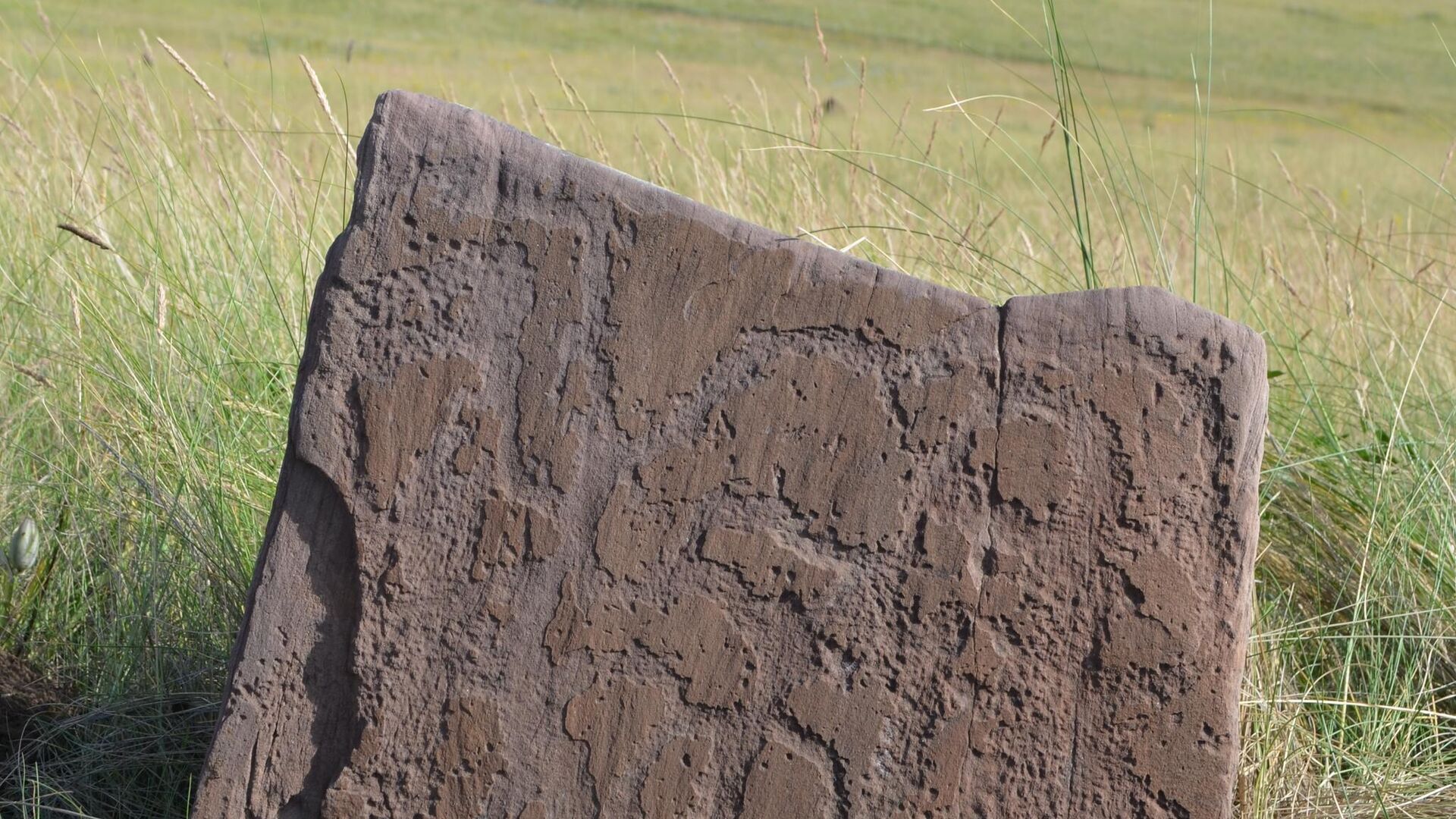
Researchers from SUSU have put forward several hypotheses explaining the mobility of metallurgists. The search for rare ore deposits, trade in finished products, the search for new pastures for livestock, or marriage ties — all these factors could have prompted people to move.
In the future, scientists plan to apply the knowledge they have gained to other archaeological finds. They are also interested in the factors that forced people to make such «forced marches». According to the researchers, they would not like to stop at a single case and are going to reconstruct the picture as fully as possible.
Specialists from SUSU, the South Ural Federal Scientific Center for Mineralogy and Geoecology of the Ural Branch of the Russian Academy of Sciences, the A.N. Zavaritsky Institute of Geology and Geochemistry of the Ural Branch of the Russian Academy of Sciences, the N.N. Miklouho-Maclay RAS, SUGGPU and the University of Colorado Boulder (USA).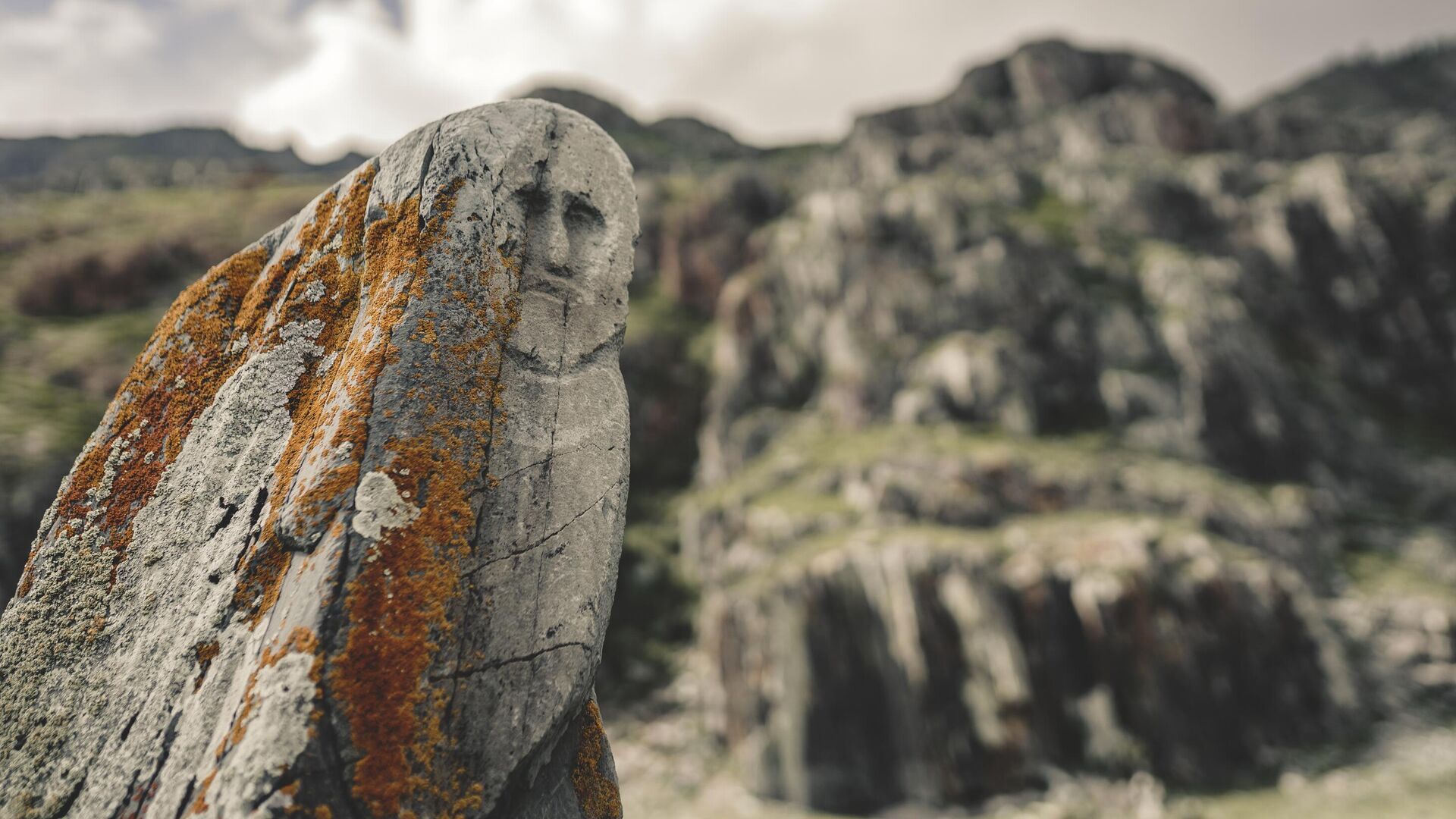







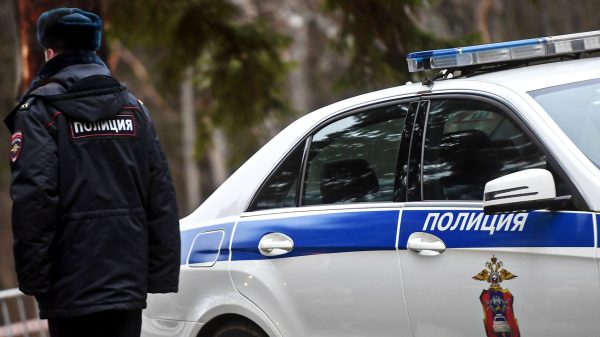
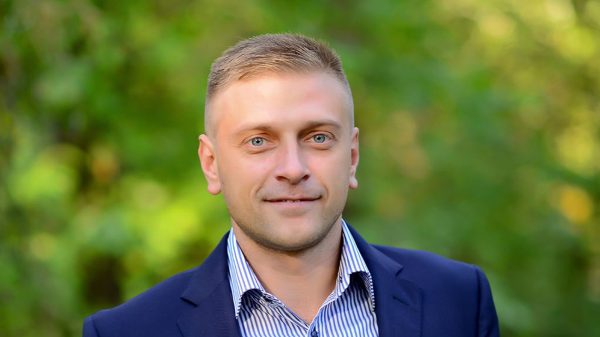


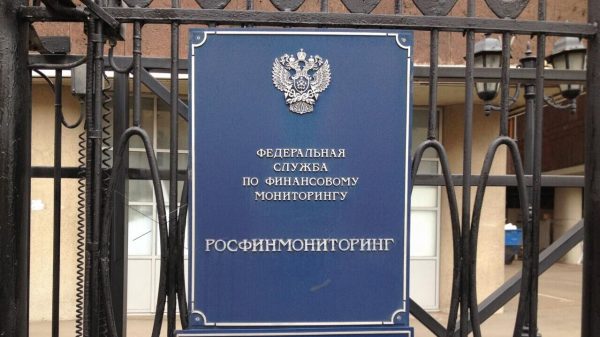














































Свежие комментарии